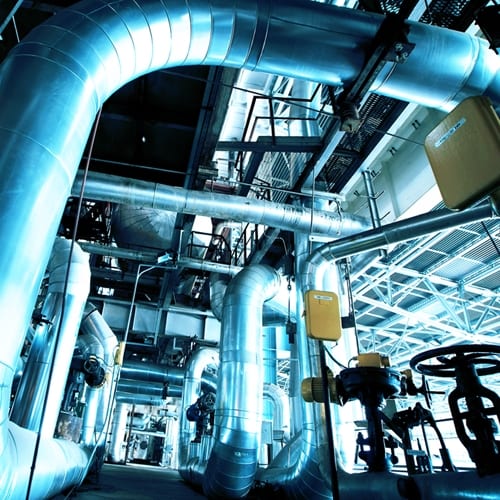Because repairing something underwater requires precision and concentration, technology that helps workers focus when they're on the job could better performance. That's certainly what the scientists behind a recent engineering project in Germany think, and their work could improve what workers can do when confronted with different materials in high-pressure situations.
A collaboration between the Laser Zentrum Hannover e.V. and Leibniz Universität Hannover, the project involves testing a laser cutter for metals as far as approximately 19.6 feet underwater. According to an article in Industrial Laser Solutions, their research could greatly reduce the amount of time it takes for underwater crewmembers to perform important maintenance tasks.
Since laser welding is poised to replace the traditional arc welding techniques used by divers, the members of the project are hoping that this will save companies time and money overall once it becomes more widespread. Dr. Jörg Hermsdorf told the source that they can currently cut deeper steel than the light-arc oxygen-based method.
"During pilot tests, we have already achieved a cutting speed of 0.5m/min for 10mm-thick steel," he said. "With this process, underwater metal working could be considerably faster and thus less expensive. Our goal is to make the work of the divers safer and more efficient."
A different article from the same source in 2012 said that Westinghouse Electric was developing similar laser welding systems for use in the U.S. based on successful performance in Japan. Both would be ideal for use at nuclear power plants and in repairing reactors.
In addition to these tools and important state-of-the-art systems, commercial diving insurance is an important requirement for companies who manage industrial work crews.

